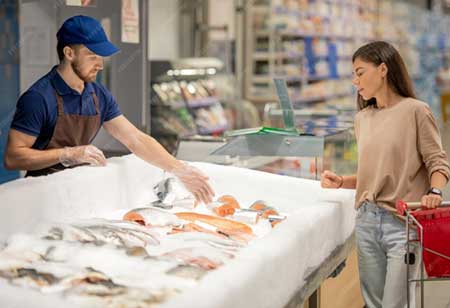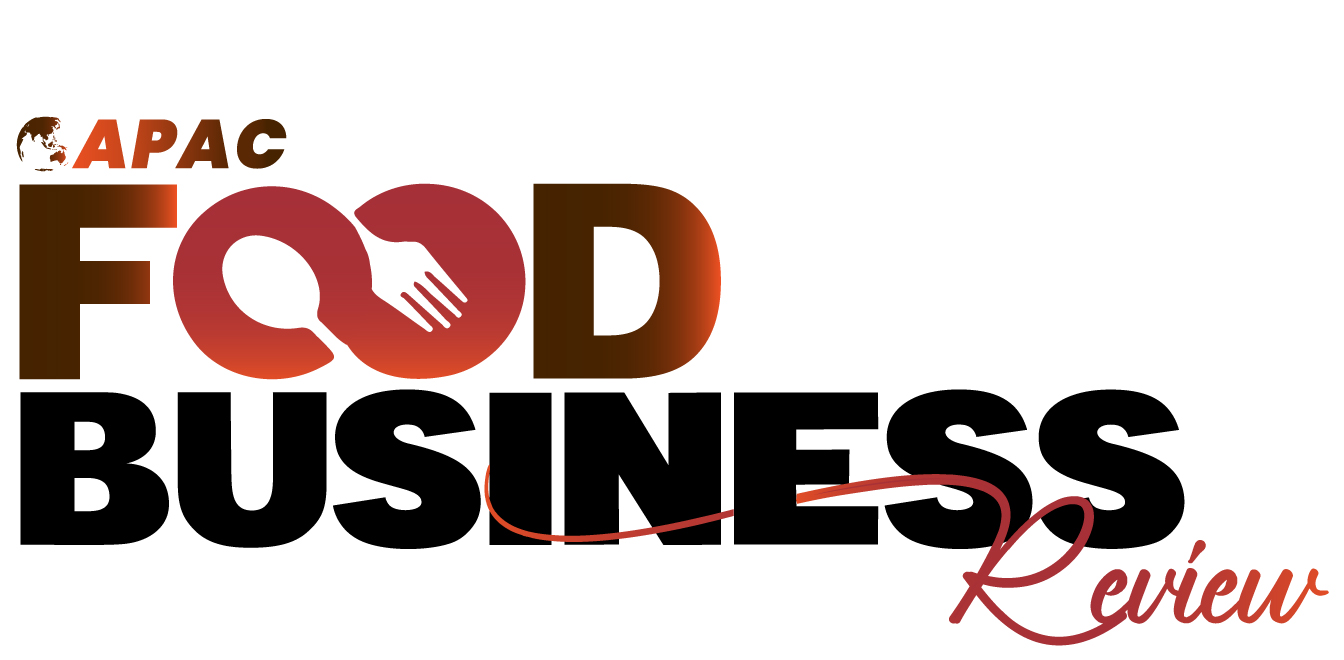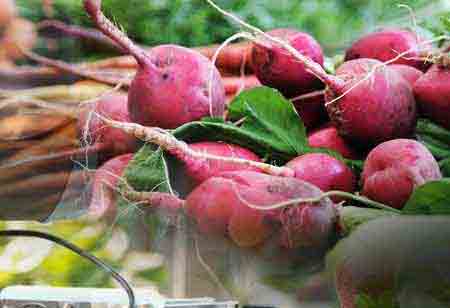Thank you for Subscribing to Food Business Review Weekly Brief
Strategic Collaboration in Latin America's Seafood Systems
Latin America's aquaculture sector, particularly shrimp production, is enhancing efficiency and quality through integrated supply chain strategies, fostering collaboration between suppliers and producers and leveraging technology for transparency.

By
Food Business Review | Wednesday, October 15, 2025
Stay ahead of the industry with exclusive feature stories on the top companies, expert insights and the latest news delivered straight to your inbox. Subscribe today.

The global food system is in constant evolution, demanding higher efficiency, greater environmental consideration, and rapid market response. In Latin America's aquaculture sector, particularly in shrimp production, a decisive shift is occurring through the adoption of integrated supply chain strategies. By fostering deep operational and strategic collaboration between ingredient suppliers (such as feed producers) and seafood producers (shrimp farms), the region is enhancing overall system performance and increasing product quality.
Integrated strategies in the Latin American food supply chain encompass both vertical and horizontal dimensions, creating a cohesive network that connects ingredient suppliers, shrimp producers, and distributors. Through vertical integration, sequential stages such as feed manufacturing, broodstock supply, and aquaculture operations are closely aligned, enabling real-time collaboration and feedback. This fosters performance-based partnerships where feed producers tailor inputs to specific nutritional and growth requirements, optimizing farm efficiency and shrimp development. Fully integrated producers—overseeing processes from hatchery to processing—further enhance uniformity in standards and product quality. Complementing this, horizontal integration promotes collaboration among entities operating at similar levels or across related sectors, facilitating shared logistics, warehousing, and distribution systems. By pooling resources for refrigerated transport and storage, stakeholders achieve economies of scale, ensuring frequent, full-capacity shipments and maintaining freshness for both domestic and export markets.
Collaborative Models Across Sectors
Ingredients essential for high-quality shrimp feed, such as specialized grains or marine-derived components, originate in the broader agricultural supply chain. Formal collaborative models establish a consistent, quality-controlled flow of these raw materials.
These partnerships can take the form of joint resource planning and long-term contracting, which offers stability to both the ingredient provider and the shrimp producer. Ingredient suppliers gain predictable demand, while shrimp farms secure a reliable, high-specification input. This interconnected planning ensures that the supply of aquaculture feed is perfectly timed with the biological cycles of the shrimp, directly contributing to continuous and predictable production volumes for distributors.
Technology-Driven Transparency and Traceability
At the heart of modern integrated strategies is the deployment of technology-driven transparency and traceability. In Latin America's seafood supply chain, advanced digital systems are fundamentally reshaping information flow.
Digital platforms, often utilizing technologies like Internet of Things (IoT) sensors and data analytics, provide a continuous and immutable record of the product’s journey. This is achieved by creating a digital chain of custody where information is recorded at every transfer point, from the initial sourcing of feed ingredients to the final shipment of processed shrimp.
The systematic flow of data begins with the ingredient supplier, who logs details about the origin and composition of the inputs. This information is seamlessly passed to the shrimp producer, where farm conditions, feeding regimes, and processing details are added. Finally, distributors and retailers receive a complete, comprehensive data package. This holistic view enhances responsiveness, as real-time information allows for immediate, informed decision-making throughout the system, ensuring that products move efficiently and meet all quality specifications demanded by sophisticated global markets. The comprehensive, shared information infrastructure acts as the unifying thread, weaving together a tightly synchronized and responsive supply network.
The evolution toward integrated supply chain strategies marks a new era of efficiency and responsiveness for Latin America's shrimp and wider food production sectors. By consciously moving beyond siloed operations to embrace deep vertical and horizontal integration, ingredient suppliers, shrimp producers, and distributors are building a unified system that generates profound synergies. The implementation of collaborative models between agriculture and aquaculture, coupled with the strategic sharing of logistics and warehousing assets, optimizes resource utilization and speeds time-to-market. Ultimately, adopting technology-driven transparency cements this integration by transforming disparate activities into a single, high-performing flow of synchronized production and reliable information, positioning the region as a leader in modernized and efficient global food supply.






